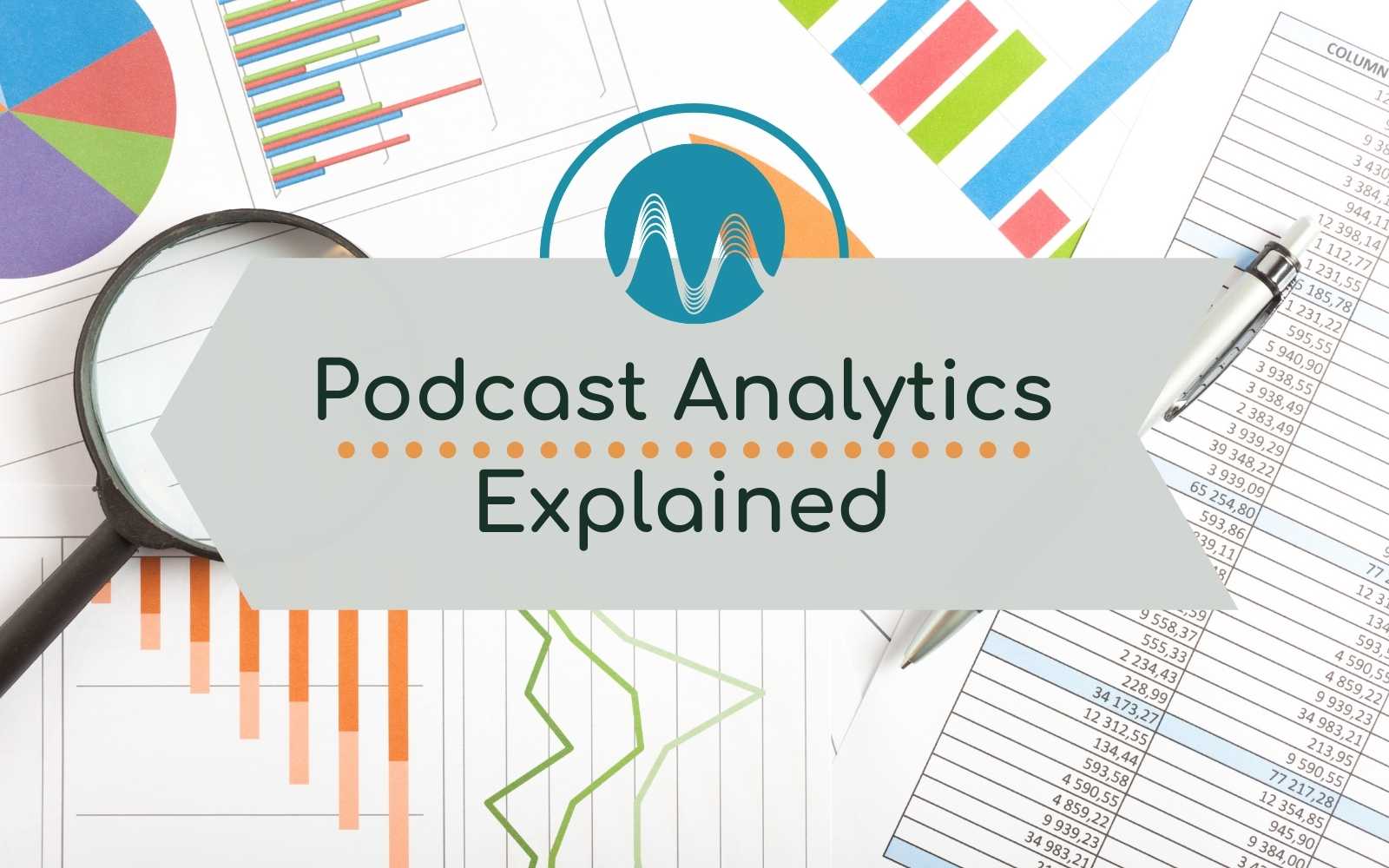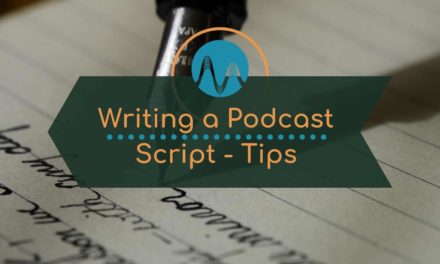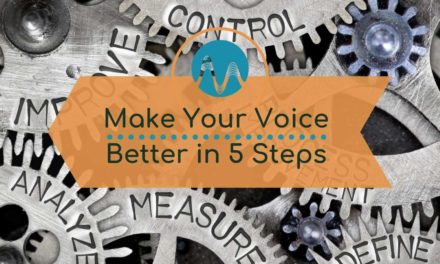Once you’ve got your podcast up and running, it’s important to keep an eye on your analytics. Detailed analytics can help you measure and track your show’s performance. It can also give you an idea of what’s working well, so you can make informed decisions about your content. Every podcast hosting platform can show you a number of metrics in the backend of your account. It gives you a powerful insight into how your show is performing, and who is listening. You can use this data to plan the direction your podcast needs to go, attract the sponsors and grow your audience. Below we explain most important metrics and how to work with them.
Downloads vs Listens
The number of downloads will show up next to each individual episode. The more downloads you have collectively, the more people are clicking in to listen to your show (they are at least downloading the episode!). Listens are different from downloads. It’s the the number of times a user has pressed play on an episode. Downloads are counted when a device downloads an episode to its local device storage. However, this can happen without the person every actually listening to the episode. Many podcast hosts don’t differentiate between the two. It’s important as they often can be two very different numbers.
Unique Listeners
The number of unique listeners determines your true audience size, unlike the number of downloads which takes into account multiple downloads from one listener (this can often be unintentional as you can have auto downloads set on multiple devices for the same podcasts – iPad/iPhone users often fall into this problem!). Unique listeners can help you understand the actual growth of your podcast. This in our opinion is one of the most important stats you should be looking at.

Retention Time
Retention time shows you how long your listeners are listening to your show for. It can also demonstrate which parts of each individual episode your listeners are enjoying the most/least. It can help identify drop off points too. As a result you can fine tune the structure of your show. It is easy to spot any problematic segments and respond to the user activity by changing those that clearly don’t work. When analysing the retention time it’s important to first have enough data before jumping into any conclusions. Make sure your data sample is large enough and that enough time has passed too. We would usually recommend having at least 1000 downloads and more than 15 episodes with conclusive data before making any changes.
Average Consumption
Average consumption is a measurment of how much of each episode has your audience “consumed”. If your “AC” rate is low, you will likely not see huge downloads either – people will simply not return to your show if you are not keeping them interested enough in your content.
In essence your job is to create podcast episodes so amazing so that your audience is listening to each episode all the way through.

Audience Demographics
Any decent podcast hosting company will give you an in-depth breakdown of your audience demographics. These include the gender, age, geo location, and the different platforms/devices that your audience is listening on. Having this extra knowledge can help you pivot your content to cater better to the right people. It gives you a nice, holistic overview of who engages with your podcast the most.
Understanding your podcast’s analytics is imperative to the success of your show. Ultimately every podcaster wants to grow their podcast, reach a wider audience and provide the content that people want to consume. If you want a successful podcast, make sure you don’t forget about your analytics.




